One important aspect that everyone needs to know is what takes place after a hair transplant surgery has been done.
Here should be a detailed hair growth timeline after transplant that shows the first four phases of shock loss and new hair growth.
We will then discuss each phase individually and analyze how recovery progresses during the first three months and the changes that are expected to occur at six months and beyond.
This timeline should give you a clue as to what controls growth rates and how to properly take care of your hair for an accurate transformation.
Introduction
In this article, families explain the hair growth timeline after transplant surgery to those who are considering undergoing the procedure. It outlines the hair regrowth cycle, which includes specific phases and details what one can expect during each stage.
Understanding this hair growth timeline after transplant is essential for managing expectations, as it covers crucial aspects of the recovery process, such as shock loss and the emergence of new growth.
The article aims to guide individuals through the emotional and physical changes that occur during this journey.
Just as a woman prepares herself for every shift during pregnancy and birth, being informed about the transplant process can make the experience more reassuring and less stressful.
This guide will help you stay patient and confident while navigating your post-transplant recovery, knowing what milestones lie ahead in your journey to fuller hair.
Table of Contents
Learning the Hair Growth Cycle
The process of hair growth is divided into several stages, which are all essential for hair growth. The first are anagen, catagen, and telogen.
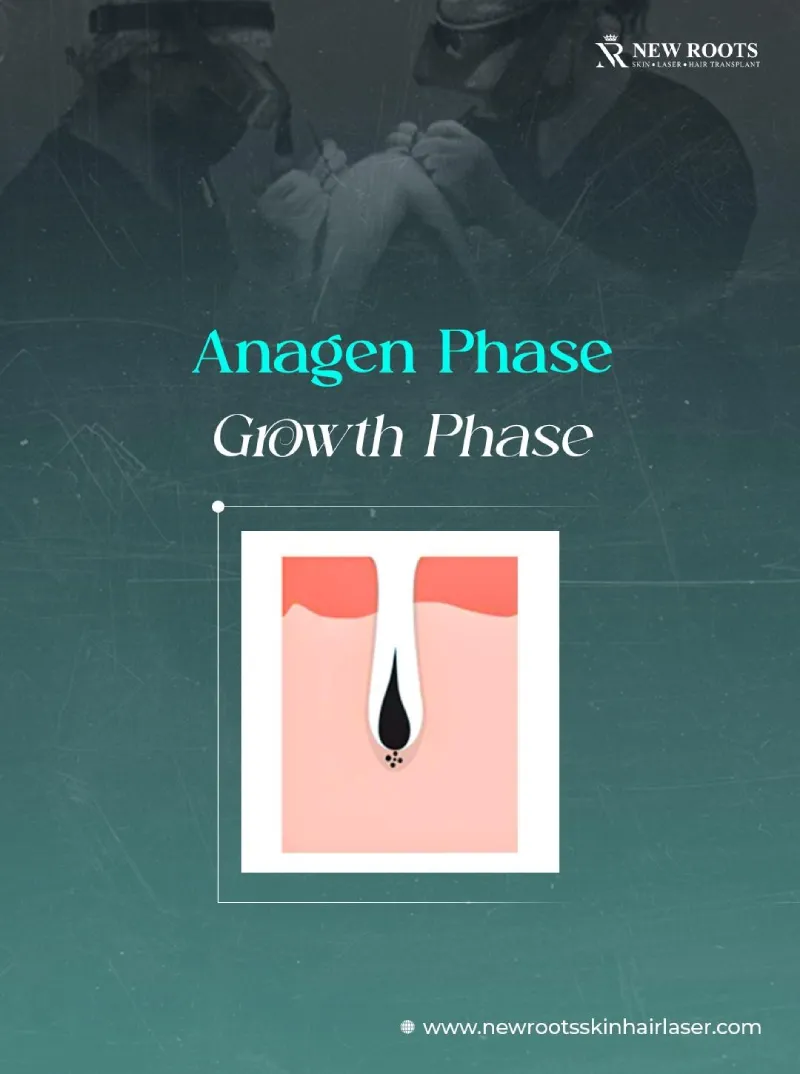
Anagen Phase:
This is the growth phase called anagen, where the hair follicles form new hair roots. It can take several years of treatment, usually between 2-7 years, while hair grows approximately 0.5-1 cm monthly. This lasts for some time to set the overall length of the hair.
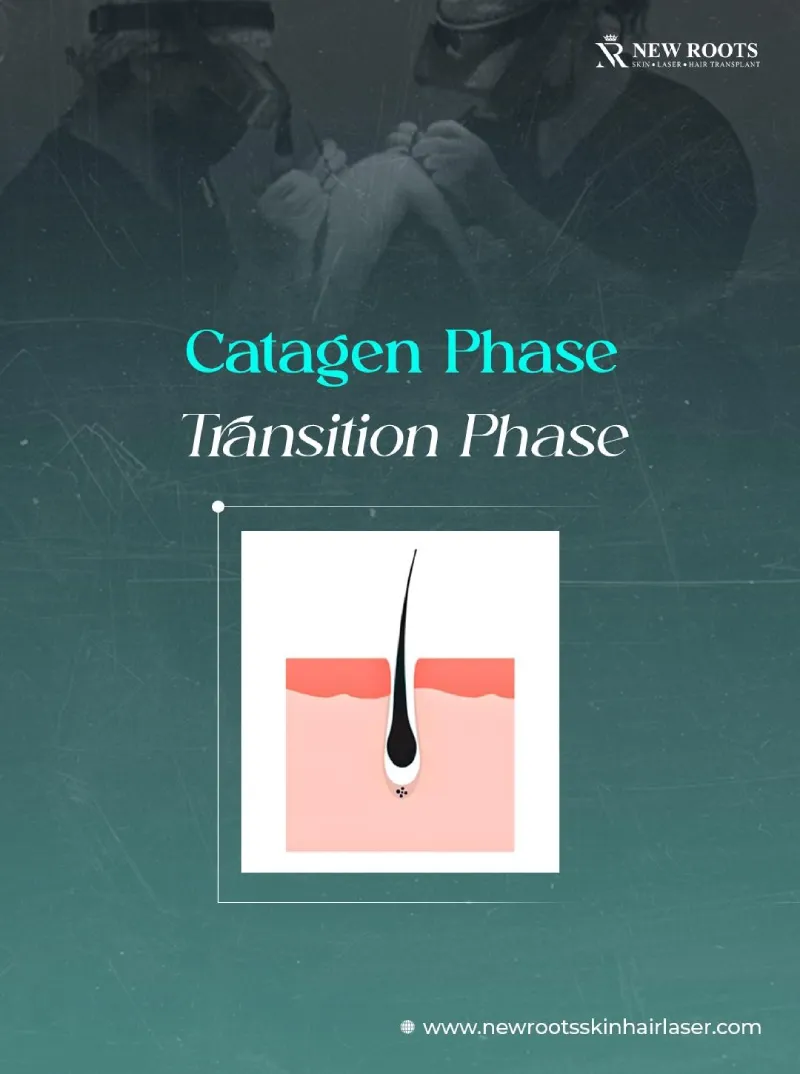
Catagen Phase:
Nevertheless, after the anagen phase comes the catagen phase, which requires around 2 to 3 weeks. During this stage, the hair follicle shrinks and the hair strand becomes separated from the blood supply; the growth phase is complete.
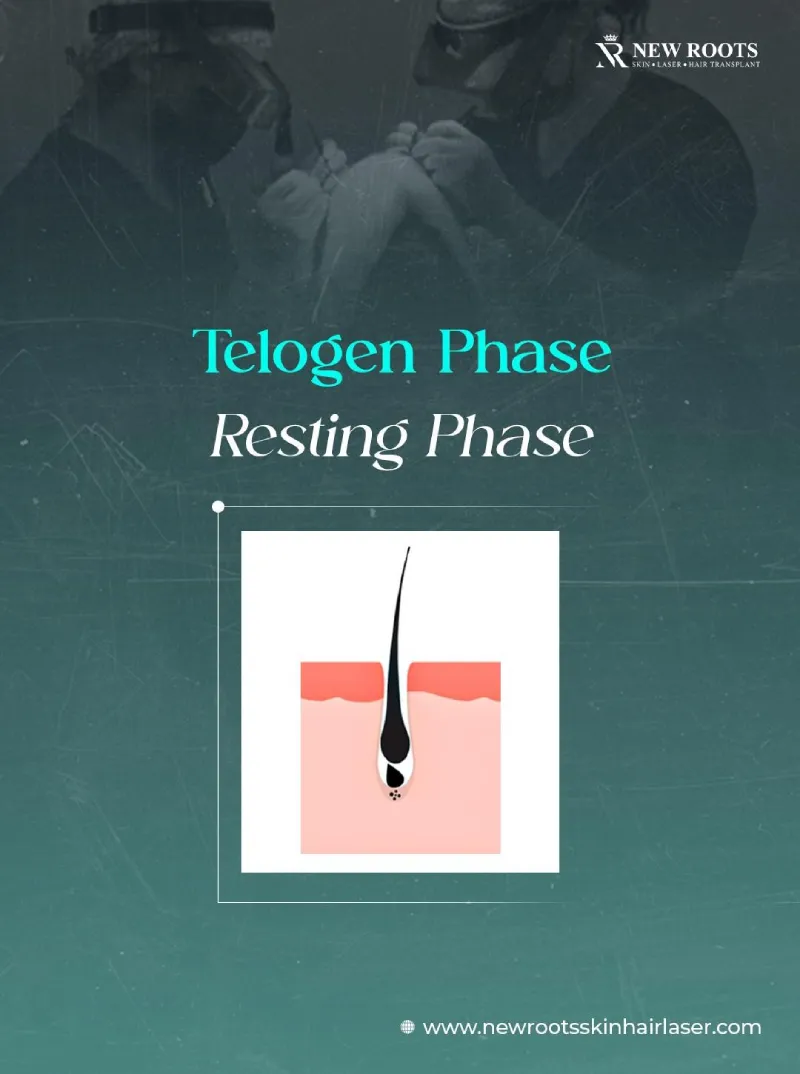
Telogen Phase:
This is the phase where the fruiting bodies form but do not develop in Hayward, at approximately 2-3 months. It is estimated that 10 to 15 percent of hair follicles are in this phase at one time.
It is important to note that during this stage, hair does not grow; however, follicles start to prepare for the new hair that will grow. Finally, anagen may break off, blood flow stops, and hairs are shed—a new cycle can begin.
Hair transplant patients need to understand this cycle as it informs patients about what to expect after a hair transplant surgery and sets the right expectations as regards hair regrowth after the surgical process.
The First Three Months: Key Developments
The process of hair growth is divided into several stages, which are all essential for hair growth. The first are anagen, catagen, and telogen.
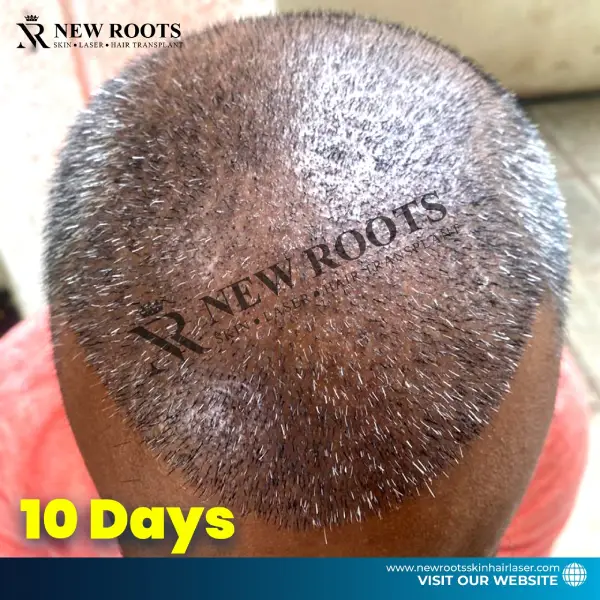
It is normal for patients to have shock losses in the first three months after surgery is done on them.
This can be a confusing thing; the patient will realize that hair in the recipient area can begin to shed soon after the operation.
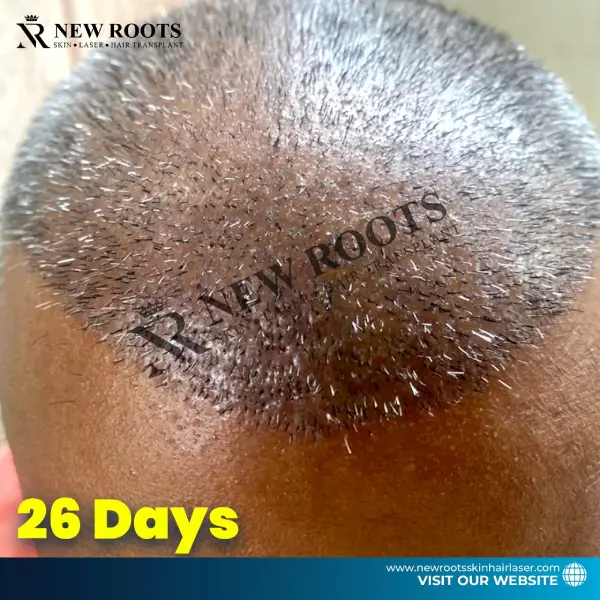
However, it is well to point out that this kind of shedding is normal and is part of one’s continuous healing process.
During this critical phase, the donor area should also be checked for signs of redness of the skin or qualitative change.
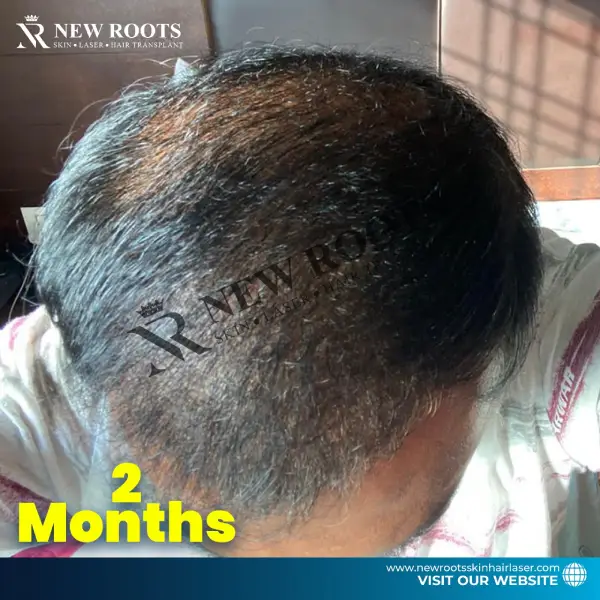
Pregnancy is the critical period during which both the patient and the infant require utmost care; they are to have proper healing and adequate implantation of the grafts.
Patients usually have elaborate post-operative care advice for both areas so that they can be managed well.

Shock Loss:
The relatively early loss of transplanted hair.
Donor Area Care: Make sure none of the product or treatment irritates the scalp before proceeding with the dyeing.
Recipient Area Attention: Recovery, protection, and maintenance are vital.
The Growth Timeline: 3 to 6 Months
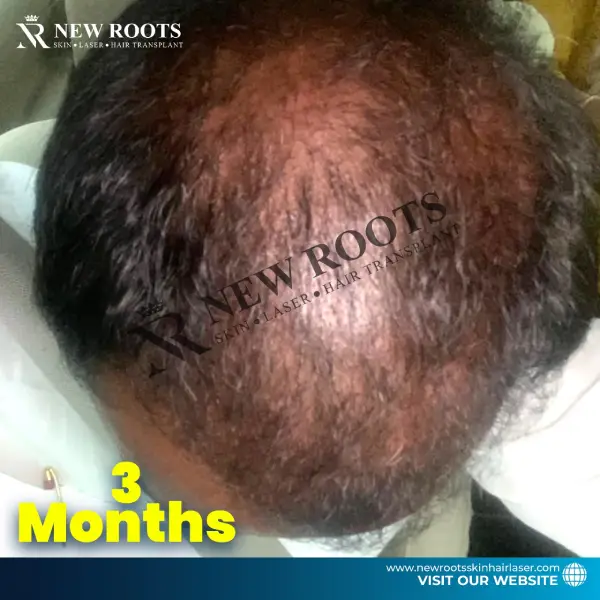
Shock Loss:
The slow growth stage I mentioned earlier usually ranges from 3 to 6 months after the transplant.
During this phase, patients experience different forms of growth of hair growth in the recipient area as some of the follicles begin to work while others not seem to have responded to the procedure.
Just knowing that hair may grow unevenly can be an advantage, as they will be aware that the scenario is possible, and they can live with it.
Sometimes, hair begins to fall at what is referred to as the hair-busting stage, probably after about six months of treatment.
It is here that new hair begins to regrow with more regularity and noticeable methods.
The patients complain of increased density and thickness of hair, especially in the frontal region of the scalp, which is most important from an aesthetic point of view.
Six-Month Results: What to Expect
In most cases, around the 6-month results, there are noticeable changes in a patient’s vision. Hair growth in the recipient area enhances and becomes denser, resulting in improved natural feeling in many people.
The assessment of the patient’s satisfaction with the new growth and the patient’s concerns about further recovery is conducted during a follow-up visit.
Towards the close of this period, some people can find that their hair appears less processed and the shock impacts are reduced in terms of visibility.
Density and Thickness: Generally, fairly significant improvements have been observed.
Follow-Up Visits: They are important for the continued success of the system to be established and used consistently for evaluation.
New Growth: Even more visible when the hair follicles are more pronounced.
Influences That Affect Hair Regrowth
Age: A youthful patient will always register better and even faster hair growth than, for instance, an older one due to increased biological activity.
Genetics: Genetics run in families influence hair density and growth, but can also influence how well hair may perform post-transplant surgery.
Health and Lifestyle: Healthcare thus plays an important role in hair growth in that it may improve or worsen this growth through diet and fitness. Having a diet that is well-supplied with vitamins and minerals is good for more active follicles.
Hair Transplant Technique: The experience of the surgical operation and the caliber of the taken grafts determine the effectiveness and rate of hair regrowth.
Post-operative Care: Aftercare instructions should be followed strictly so that there can be improved healing and growth.
The Relevance of Post-counselling Sessions
It is recommended, therefore, that patients who have benefited from clinics such as New Roots – Skin, Laser & Hair Transplant Clinic make follow-up visits for purposes of assessments and treatment of issues.
They let the patients share stories about their health and get recommendations based on their case.
During these visits, the patient can get professional advice concerning the care of the recipient area and the hair donor area for the best results.
Also, it is very useful since it affords possibilities of early intervention in case there are any complications or untoward outcomes seen.
The Roles of Such Clinics as New Roots
Places such as the New Roots clinic are essential in hair transplanting. This way, they get specialized with the latest techniques and technologies available, so they extend their support to the patient in an all-inclusive manner.
This is observable in the kind of consultative approach and after-treatment or surgery follow-up engagements they have to offer to patients.
Patients will also get additional recommendations concerning hair care products and information about getting scissor haircuts after recovery in the centers to keep their hair looking good.
Conclusion
Hair Growth Timeline After Transplant is not very easy and therefore must be well managed to gain satisfactory results.
Breaking the process down from the first phase of shock loss to the final stage of hair resurgence helps one be aware of these phases.
Patients can in turn make efforts to approach healthcare professionals, especially from the New Roots clinic, to follow the outlined stages that can lead to better, improved, and healthy hair regrowth and also enjoy the new, better growth that comes with the hair transplant.
Expected Hair Growth Timeline After Transplant
| Period | Expected Changes | Description |
| 0-3 Months | Shed | Initial shock loss, dormant phase kicks in |
| 3-6 Months | Patchy growth | Slow-growth stage with uneven results |
| 6 Months | Substantial growth, improved thickness | Full recovery is not yet complete, but visible |
| 12 Months | Recovery complete, natural growth achieved | Hair is fully matured, and density is established |
Q&A ASK
Yes, it is quite understandable for the transplanted hair to shed after the surgery, but mostly it only happens one to two weeks after the surgery. This is also known as shock loss and simply results from hair follicles adapting to their new conditions.
New hair growth usually begins to appear 3-4 months after the transplant operation. They may look weak in the initial stage of development, as is more commonly associated with earlier and later-stage growth, as shown by Meyer’s executives in the present study. The establishment is expected to record sturdier growth by around 6 months and to progress continuously over the ensuing year.
The client can be assured that their hair will regain its normal color and texture 6 to 9 months after the operation. Since using laser hair removal aftercare at one month is not recommended, by the 12th month, hair should have regained its thickness, and the initial patchy appearance will have been eliminated, making it appear full and natural.
The best way to encourage new hair growth is to take vitamin and mineral supplements together with plenty of water and minimize contact with hair after surgery, as advised. Stress has to be avoided, and applying related treatments such as minoxidil can also favor hair regrowth.
As with any treatment, various aspects affect hair growth rates after transplant, namely the age of the patients, overall health, genetics, as well as the approach applied during the transplant process. It also means that individual healing rates as well as compliance with aftercare services can also affect growth rates.
There may be some problems; however, they are rare: infection, scarring, or growth of hair in some unwanted directions. Patients need to adhere to what their surgeons say regarding aftercare and report any abnormal signs and symptoms to their doctor.
A basic need that is entailed in the hair recovery process is washing the hair. Customarily, patients are allowed to wash their hair gently beginning from the 5th-7th day after the surgery, provided they follow the relevant rules.




